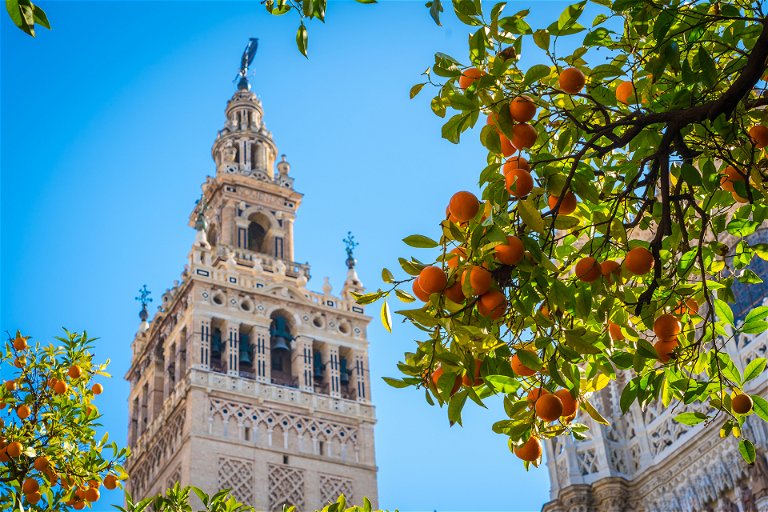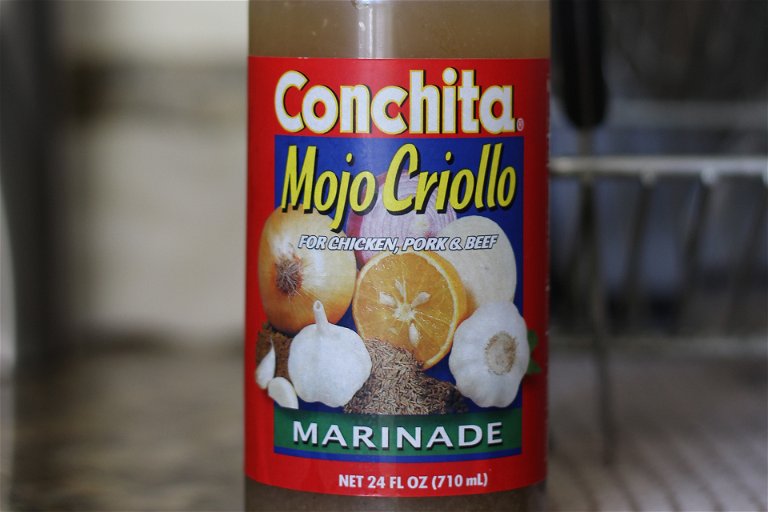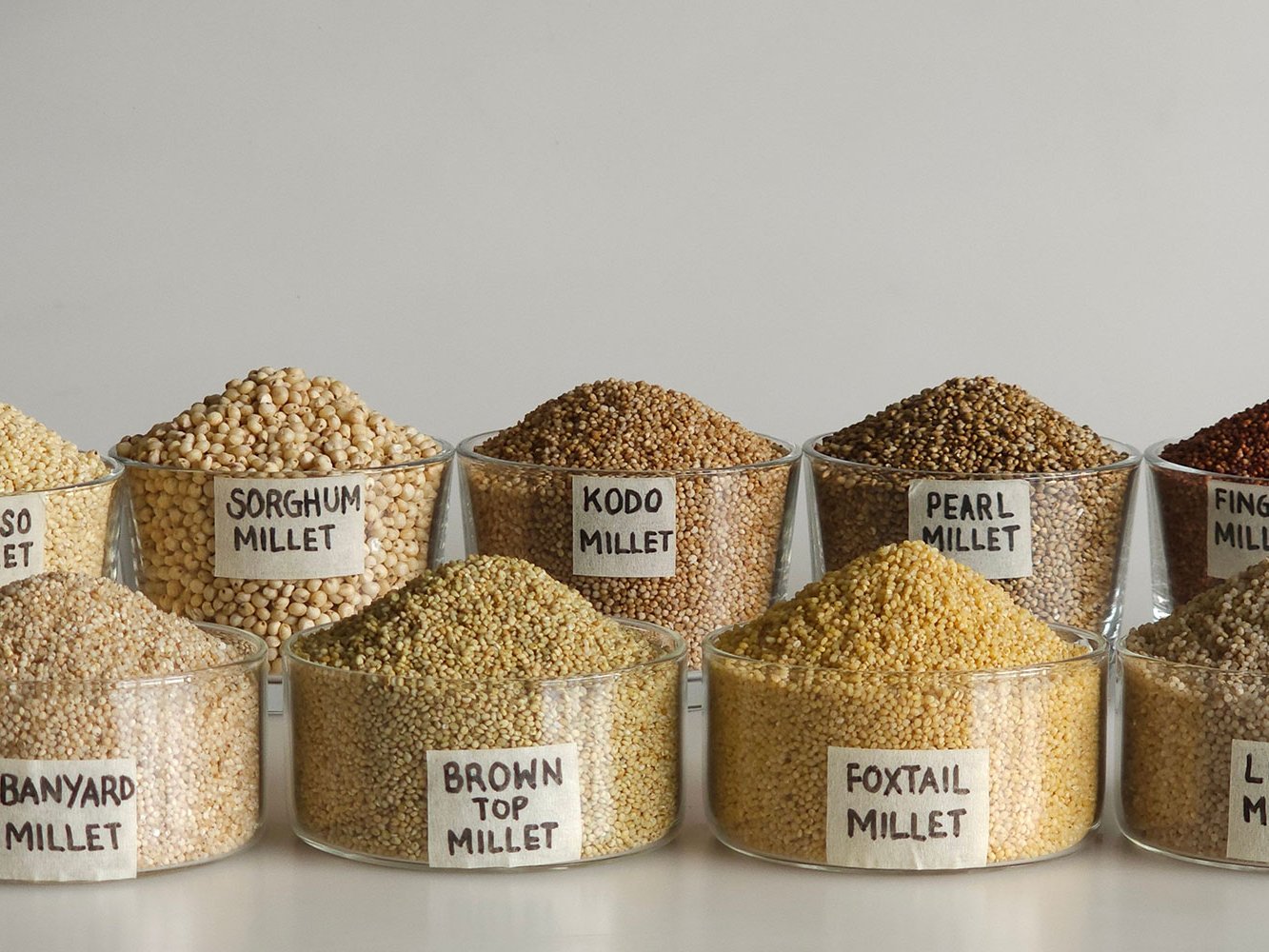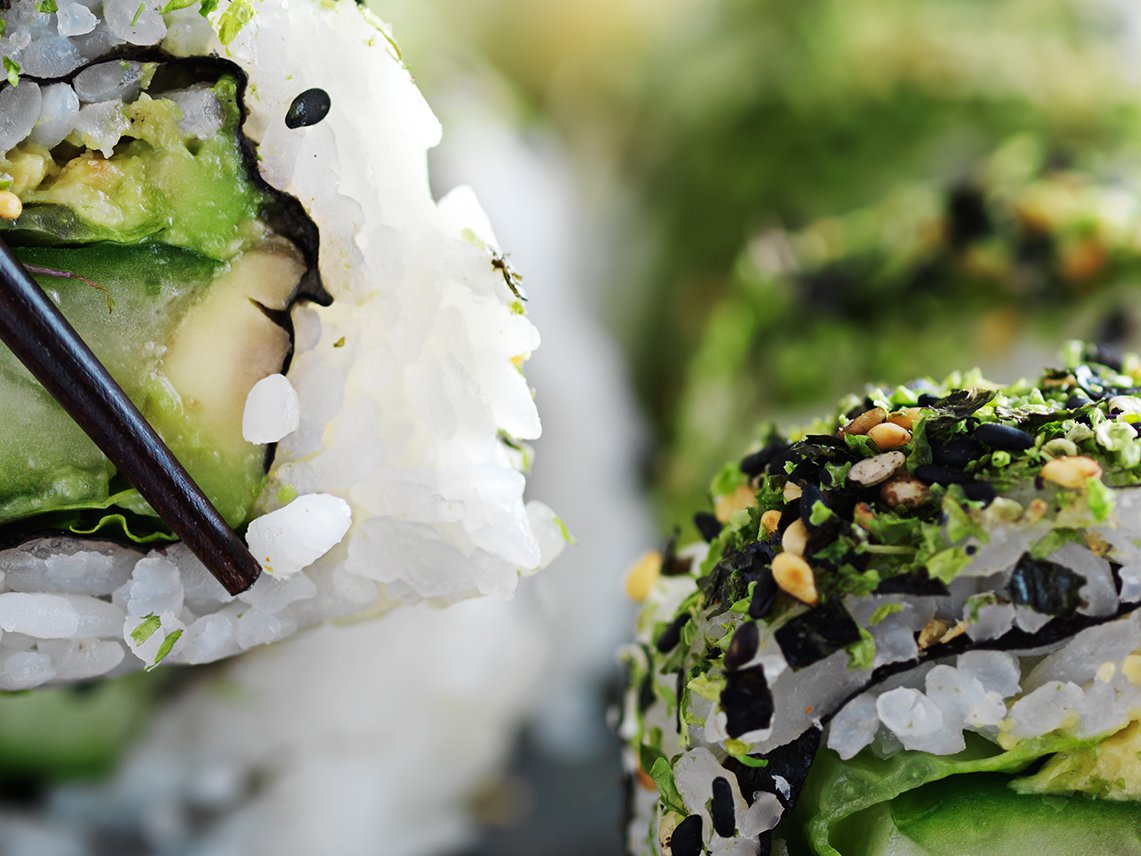Cooking with the seasons: Seville oranges
A burst of citrus sunshine, Seville’s bitter oranges are surprisingly versatile and celebrated around the globe.
Following the mighty Guadalquivir inland from Sanlúcar de Barrameda leads you to the greatest of Spain’s Moorish cities, Seville. This ancient capital of Andalucía is home to the world’s largest gothic cathedral and the delicate filigree of the Alcázar royal palace: an extraordinary, ravishing city where incense rises to meet the aroma of its saffron-tinged Arabic past. It’s a place of “sweet wines and bitter oranges”, as Laurie Lee noted in his hymn to the Spanish south, A Rose for Winter. And it’s the fragrant orange trees lining the cobbled streets, overripe windfalls baking in the sun at their feet, that provide the most mysterious and alluring of Seville’s many perfumes.

The city lends its name to these ephemeral fruits, pockmarked hybrids of the pomelo and the mandarin. Not the perfect globes of the sweet navel orange; instead they are small and gnarled, with an almost absurd amount of pith and abundant pips. The region’s mild winters ensure, however, that Seville oranges achieve a seductive balance of sweet and sour notes, matched by bitter oil from their skins. It’s a unique profile and one that lends its complex aromatics to a wide range of cuisines around the world.
Seville oranges have a very brief season – end of December to mid-February – when they can be found in greengrocers, supermarkets and quality online suppliers like Riverford and Abel & Cole in the UK. Whole fruits can live quite happily in your freezer, so buy now and lay down for later. Read on for some delicious suggestions on how to harness their complexity in your cooking.
Conserves: golden light set in water and sugar
It’s Spain’s Iberian neighbours who give us the word marmalade – it’s derived from the Portuguese for quince, marmelo. The fruit is still used to make quince “cheese”, a jelly that often accompanies sheep’s milk cheeses like Manchego or Portugal’s Serra da Estrela. But it’s the Seville orange that is now most closely associated with the classic conserve. Like the quince, its high pectin content allows it to set reliably. In addition, the fruit’s characteristic bitterness adds a pleasing counterpoint to marmalade’s caramelised sugar and citrus profile.

Traditionally, the flavour has been augmented with a nip of Scotch or Drambuie, the unctuous liqueur made from whisky, heather honey and spices, adding warmth and depth. Likewise, its fruitiness can be enhanced with Cointreau or Grand Marnier, both flavoured with Seville’s bitter orange peel. A splash of Campari or other amaro leads to the Amalfi coast, intensifying the bitter fruitiness with chinotto, an Italian cousin of the bitter orange. Best of all, follow José Pizarro by adding Jerez’s PX sherry. A recipe for his Dark Seville Orange Marmalade with Pedro Ximénez, can be found in his ode to the region’s cooking, Andalucía. The recipe comes originally from Sara Randall’s encyclopaedic Marmalade: A Bittersweet Cookbook – a book worth checking out for more than just marmalade recipes. Take a leaf out of her book and use its sweet, sour bitterness as a readymade condiment for roast meats, particularly light game like partridge, guinea fowl and duck.
Winter salads and dressings
Sailing south from the Andalucian port of Algeciras, it’s not long before you reach the shores of Morocco. It was here, legend tells us, that the Hesperides tended their garden of golden apples. It is now thought that they were in fact oranges, a fruit unknown in Europe until the turn of the 8th century. Mythic golden apples or not, it’s certainly true that the cuisine of Morocco celebrates the Citrus aurantium, to give the Seville orange its Latin name, in many forms.
The fruit’s flesh makes an excellent, refreshing salad with a hint of the souk. Fragrant yet less raspingly sour, the juice of Seville oranges also replaces vinegar or lemon in dressings beautifully (pair with a Spanish olive oil, fruitier and less stridently peppery that Italian). To take your dressing to the Maghreb, add honey and cumin, and consider swapping olive for Morocco’s nutty argan oil. Moving further east, Sabrina Ghayour’s celebrated Persiana, dials up the fragrance even higher with orange blossom water (distilled from bitter orange blossom) and mint.
Traditional leaves are a sad affair in winter, instead it’s the time to reach for vegetables in salads. Charred tender stem broccoli, with a scattering of smoked almonds, is a grateful recipient of Seville’s pungent zestiness; finely shredded kale and savoy cabbage (both in season) are no less glorious. Roasted roots always benefit from the orange’s aromatic embrace, particularly earthy carrot and beetroot. Raw, steamed or encased in crispy tempura batter, winter vegetables are wonderful dipped into mayonnaise or aioli that has been spritzed with its bitterness. Our delicious version pairs a scented mayonnaise with prawns and asparagus. Other seasonal delights like celeriac remoulade and winter slaws, are only enhanced by swapping Sevilles for the usual citrus.
The perfect foil for meat and fish
Whilst lime is the citrus most closely associated with Latin American and Caribbean cooking, from tacos to Havana’s cocktails, cooking with bitter orange is also part of their culinary tradition. Introduced by Spanish and Portuguese colonists, it is often used, along with garlic, oregano and cumin, to tenderise and flavour meat and fish. Cuba’s famous Mojo Criollo is both a marinade and a sauce for vegetables such as cassava (yuca) or plantain – there’s a lovely, zesty version in Ana Sofia Pelaez’s The Cuban Table.

In Mexico, bitter orange peel lends its perfumed acidity to stews and moles. The cooking of the Yucatan Peninsula in particular drips with its bitter balm, often complimented by habanero’s smoky heat. The region’s famous Cochinita Pibil is a dish of pork marinaded in its juice, spiked with garlic and vibrantly coloured with annatto seeds. Traditionally, the dish called for a whole suckling pig (conchinita), wrapped in banana leaves and roasted in a pit. Mercifully, Mexican food guru Rick Bayless has a simpler version in his Mexico One Plate At A Time. Don’t be afraid to explore the orange’s affinity with umami in more familiar classics too. Strips of zest or gremolatas added to venison stews, beef daubes, osso bucos or lamb tagines are entirely welcome. Zest or juice can likewise be used in fish/seafood dishes, from Bouillabaisse-inspired Mediterranean soups to Brazilian Moquecas, as well as ceviche and grilled fish.
Originally a native of southeast Asia, Seville oranges retain an ancestral affinity with Japanese and Korean cuisines that is worth exploring. You can make a very successful alternative to sweet/sour Ponzu sauce by using their juice in place of traditional citrus like yuzu or daidai. A simpler, if entirely inauthentic, dip for sashimi can be made by mixing juice with tamari/shoyu. Not one for the zen purists, but good nonetheless.
Fragrant puddings, cakes and infusions
Seville oranges have a wonderful affinity with sweet egg-based puddings: Marsala-spiked sabayons, custards and curds. Nigella Lawson pairs the latter with ginger and honey in her Bitter Orange Tart. Ice-creams as well (heladerias, ice-cream parlours, are a feature of Seville’s foodie scene); or try our Grand Marnier Sorbet for a refreshing dairy-free hit.
Cakes made with almond flour, with their grainy nuttiness, work exceedingly well scented with bitter orange. Elizabeth David’s version, from her A Book of Mediterranean Food, remains exemplary. The Italians, who know a little about citrus themselves, often turn to polenta in baking. Italian-inspired British chef Jamie Oliver uses both almonds and polenta in his version of an orange blossom water infused cake. And then there are traditional German Nuns’ Puffs (Nonnenfürzchen), crisp and orange perfumed.

Once you’ve tired of stirring huge cauldrons of marmalade, baking polenta cakes by the dozen and setting the morning’s catch of ceviche to marinate, I suggest you settle down with a nice cup of Twinings’ Lady Grey tea. It’s flavoured with bergamot (citrus aurantium var. bergamia, another cousin of the Seville) and sweet orange, and makes the perfect Anglo-Italo-Spanish brew to round off your bitter orange journey in style.













